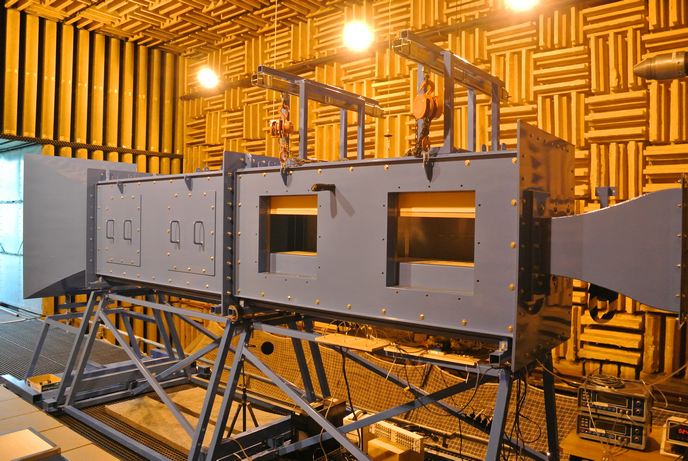New engineering methods and tools to minimise cockpit and cabin noise
Cockpit and cabin noise are of primary importance in the design of new aircraft. A major noise source under cruising conditions is aerodynamic noise, and more specifically the turbulent boundary layer (TBL). It generates a turbulent wall pressure fluctuation along the fuselage that causes vibrations and generates interior noise. “With the integration of new external devices to improve on-board communication and the trend in larger cabin size design, TBL noise will have a bigger impact on interior noise in the next generation of civil aircraft,” says Romain Leneveu, coordinator of the EU-funded CANOBLE project. Airframe noise sources will be greatly modified with the development of new aircraft architecture. “This will further contribute to internal noise,” Leneveu adds. “It’s therefore mandatory to develop technologies and processes to deal with these modifications in the design phase.”
Proposing new strategies in designing tomorrow’s aircraft architecture
To address interior noise due to the TBL, the CANOBLE team manufactured, instrumented and tested a full-scale mock-up of a cockpit and cabin section in a large aeroacoustics wind tunnel. The team developed, deployed and validated key test and simulation technologies in this wind tunnel. The main technologies include a pressure surface sensor to measure TBL excitations and multi-physics workflow for interior noise. To bypass the TBL measurement limitation, project partners developed innovative, ultra-thin pressure surface array instrumentation. The array enables accurate measurements thanks to the pressure sensors. They demonstrated that the new generation of numerical microelectromechanical sensors will “open a new field of instrumentation with the possibility of measuring quantities that are currently not achievable by the industry,” explains Leneveu. “A new source of revenue is now possible thanks to the innovative super sensor array that deals with wall pressure measurements.” The partners also validated a numerical workflow to predict interior noise.
Providing a unique experimental database
The project team created a database, including for all physics aerodynamics, unsteady wall pressure, vibration and acoustics. “A novel experimental and numerical database was set up for the benefit of the European noise community and the European aeronautics industry,” notes Leneveu. No such database is currently available. In addition, team members developed a new academic test bed suited for aeronautics research. Providing access to design methods for a low-noise and low-mass cockpit and cabin signifies a major step forward. “Reducing mass is eco-friendly, and less noise results in more comfort,” he continues. CANOBLE is in the exploitation phase now. It also has its sights set on addressing flight measurement and designing a new low-noise cockpit and cabin through future EU funding. “We proposed a unique set of skills to tackle the noise generated by the TBL inside the cockpit and cabin, and introduced to the market services and hardware for designing quieter and safer mobility and industrial equipment,” concludes Leneveu. “Producing quieter aircraft is definitely a competitive advantage in the market.”







